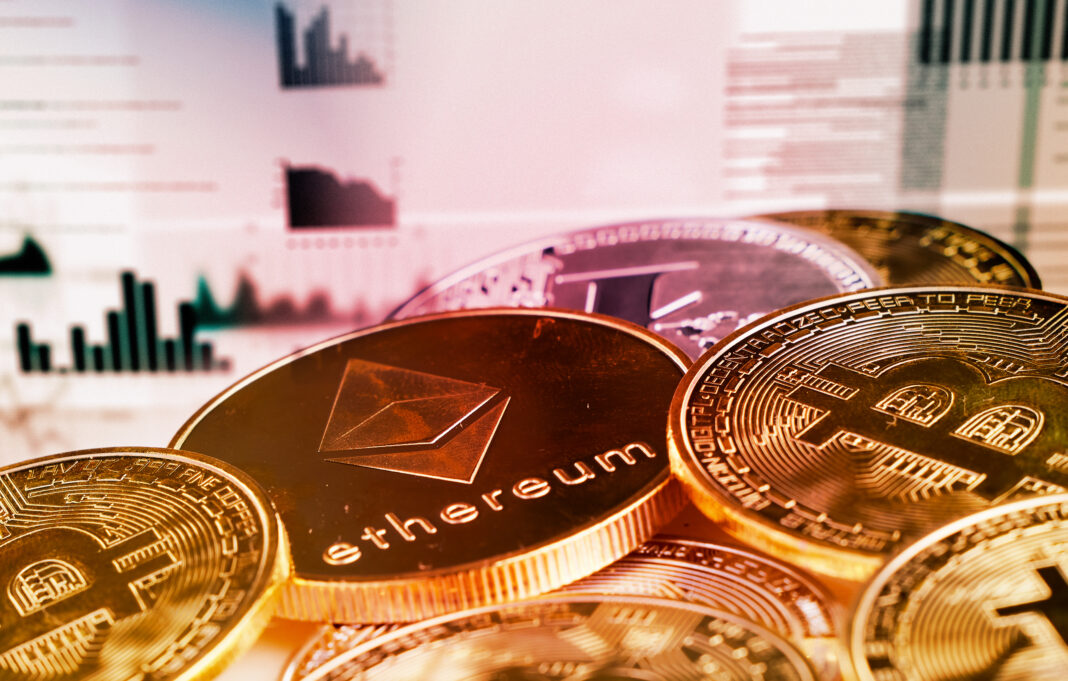In early May 2025, Ethereum users were in for a surprise. Several top exchanges—including Binance, Coinbase, and Phemex—suddenly halted withdrawals of ETH and ERC-20 tokens. But this wasn’t a hack or a bug. It was all due to Ethereum’s latest network upgrade: Pectra.
If you’ve been wondering why exchanges paused your ETH transactions—and whether congestion on Ethereum is still a big deal—you’re not alone. In this article, we break down what happened, what the Pectra upgrade introduced, and what it all means for the future of Ethereum transactions.
What Triggered the Halt? Ethereum’s Pectra Upgrade
On May 7, 2025, Ethereum implemented a major update known as Pectra—a combination of the Prague and Electra proposals. This upgrade introduced several performance and security improvements, especially affecting how validators and Layer-2 rollups interact with the Ethereum mainnet.
Whenever Ethereum undergoes a major network change, exchanges typically pause deposits and withdrawals to prevent issues like double-spending or user balances getting out of sync. It’s a safety-first move, not a flaw in the system.
Which Exchanges Paused Withdrawals?
Binance, the world’s largest exchange by trading volume, temporarily suspended ETH and ERC-20 token withdrawals across Ethereum, Arbitrum, Optimism, Base, and other Layer-2 networks. This pause was announced ahead of the upgrade and lifted once network stability was confirmed.
Coinbase also confirmed that ETH withdrawals were disabled between 2:50 AM and 3:45 AM PT on May 7 for the same reason. Users were notified via email and status updates.
Phemex, a rapidly growing exchange, took similar steps—halting ETH and token transactions until the upgrade was fully complete and its systems were re-synced.
These actions weren’t signs of failure—they were coordinated moves to protect funds during the upgrade.
Why Do Ethereum Upgrades Cause Congestion?
Even though Ethereum’s developers carefully plan upgrades, each hard fork or major update temporarily increases network load as validators sync to the new version. That can lead to:
- Temporary delays in transaction processing
- Gas fee volatility
- Node desynchronization risks
- Temporary congestion across Layer-2 bridges
Exchanges pause withdrawals because they need to verify transactions through updated node infrastructure. Any delay in syncing could mean a mismatch between user transactions and the actual state of the blockchain—a risk they simply won’t take.
Is Ethereum Still Struggling With High Gas Fees?
One of Ethereum’s long-standing issues has been congestion and high gas fees, especially during NFT booms or token launches. But thanks to the rise of Layer-2 scaling solutions—like Arbitrum, Optimism, and zkSync—gas fees have dropped significantly in 2025.
In fact, the average gas fee on Ethereum has fallen to around $0.80, and Layer-2 networks offer transactions for under $0.15.
Still, upgrades like Pectra impact the mainnet first. Until Layer-2s fully decouple from mainnet upgrades (which isn’t yet possible), any core network update can ripple out, causing temporary delays or congestion.
What Is the Pectra Upgrade Anyway?
The Pectra hard fork introduced a number of Ethereum Improvement Proposals (EIPs), including:
- Improved gas efficiency
- Cleaner validator rotation
- Optimized Layer-2 rollup support
- Better long-term scaling architecture
This upgrade is a step toward Ethereum’s next milestone: full sharding and stateless clients, which are expected to further reduce congestion and lower hardware requirements for node operators.
For developers and validators, it’s a big deal. But for most users, the only noticeable effect was a brief pause in withdrawals—followed by smoother, cheaper transactions.
What Should You Do During Network Upgrades?
If you’re a casual Ethereum user or trader, here’s how to stay ahead during future upgrades:
- Follow your exchange’s announcements. Binance, Coinbase, Kraken, and others usually provide early notices.
- Avoid transferring ETH or tokens during upgrade windows.
- Don’t panic if withdrawals are paused—they’ll resume once the network is stable.
- Consider using Layer-2 networks for everyday transfers to avoid congestion.
These upgrades are signs of maturity, not instability. Ethereum is evolving, and short-term disruptions are part of long-term progress.
Final Thoughts: Ethereum Is Maturing—So Are Its Risks
The fact that exchanges coordinate with Ethereum upgrades shows how much the ecosystem has grown. Instead of being caught off-guard, exchanges now plan around changes to minimize risks.
While Ethereum congestion is still a challenge, it’s a lot less disruptive than it was a few years ago. With the rise of scaling solutions and more efficient upgrades like Pectra, we’re seeing a network that’s finally catching up with its own growth.
Still, it’s smart to keep your eyes on the roadmap. If you rely on Ethereum for trading, staking, or payments, know that short pauses today are paving the way for a more scalable and secure tomorrow.


